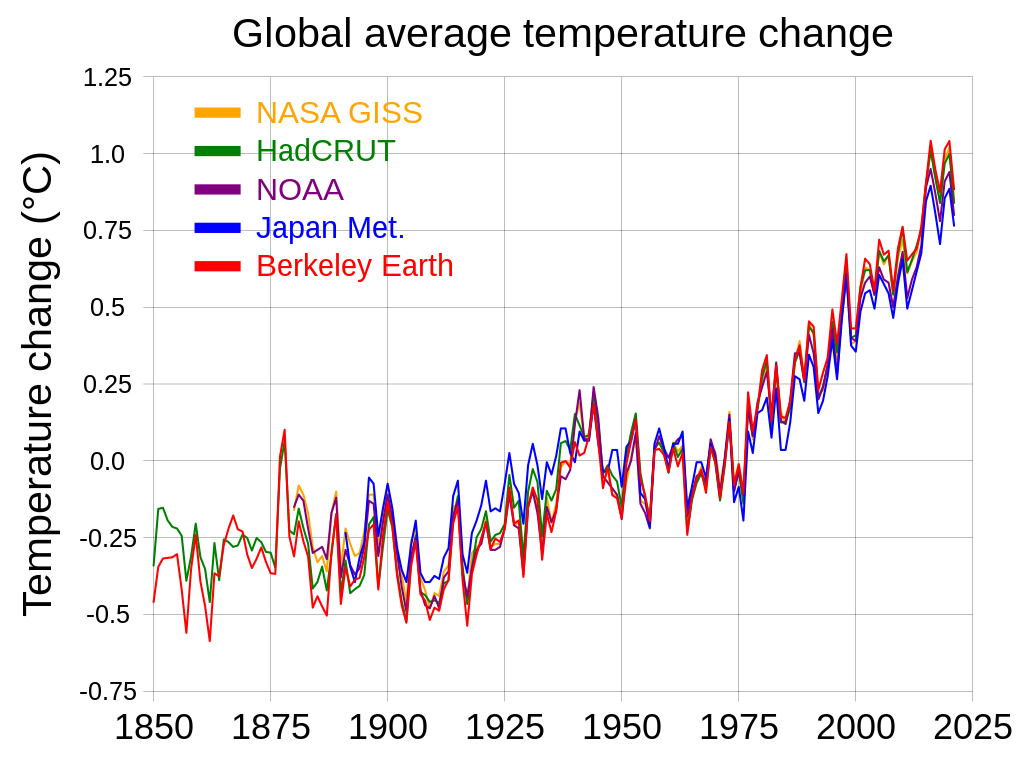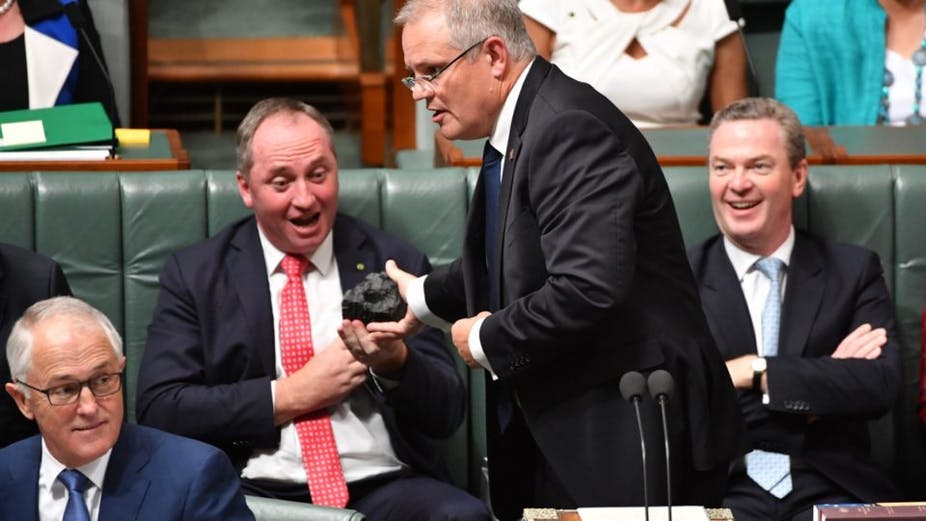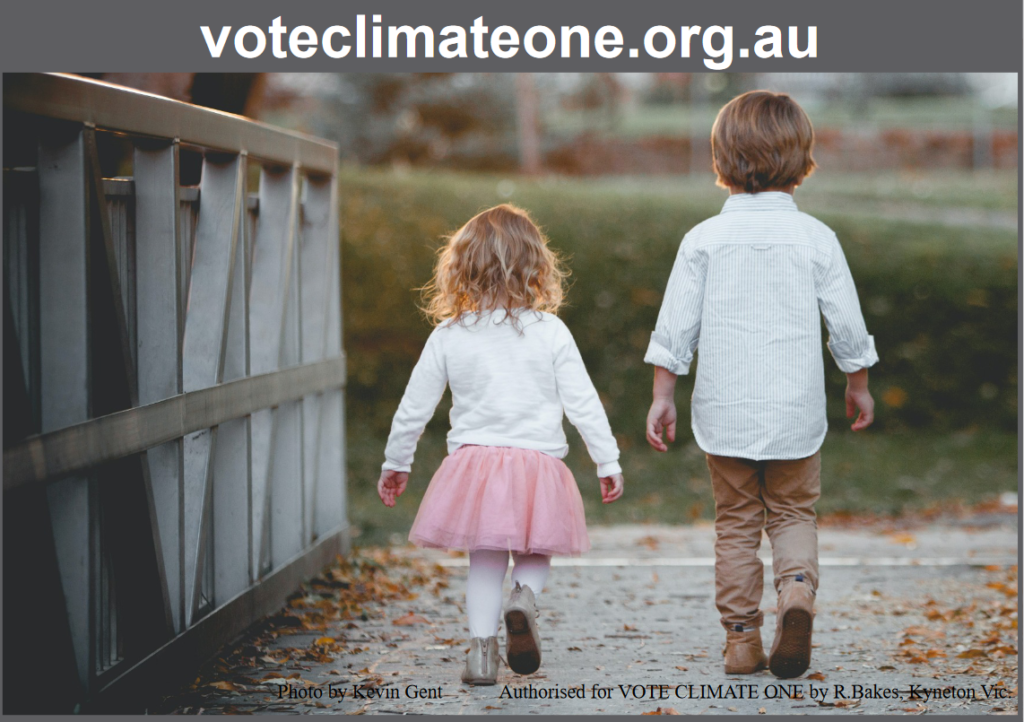GHG emissions driving towards global mass extinction

GHG records show huge spikes over the last 150 years with no sign of slowing. If these aren’t turned around global mass extinction is likely
Regular measures of Earth’s atmosphere tell us that human activities beginning with the Industrial Revolution are changing the the air we breathe faster than ever before, even in most global mass extinctions. If the present extinction event continues the human species will be among the casualties.
The featured graphic from Wikipedia shows the agreement of some of the most reliable measures of how global average temperatures have changed over time from the early stages of the Industrial Revolution to now. Very starkly, these data suggest that we have started down the road to Earth’s Hothouse Hell.
Zack Labe, a post-doctoral climatologist at Colorado State University’s Department of Atmospheric Science has for a long time been my favorite Twitter source for accurate graphics plotting detailed evidence relating to our rapidly changing climate and the emergency this is creating. He rarely comments his posts, because the graphics speak eloquently enough for those familiar with the underlying science without needing further elaboration. The very brutal message these graphs depict is that we are on the road to global mass extinction of the trends cannot be reversed. However, here I will provide some context for those readers who may not have the science background.
The Tweet includes three utterly critical graphs showing changes in the atmospheric concentrations of three critical greenhouse gases never before seen over the last 800,000 years (through several glacial and interglacial epochs, plus the time humans dominated the Earth). The database Labe used here is that of the US EPA’s Climate Change Indicators: Atmospheric Concentrations of Greenhouse Gases. I monitor these myself almost weekly. I could have just as easily copied and posted these graphs myself from the EPA site, but this was a good opportunity to introduce Labe, who is the professional climate scientist–one that I have a lot of respect for.
The most recent measurements are the most accurate because they basically involved counting all the individual molecules in flasks of air collected at different times under controlled conditions. Older samples are based on counting the molecules in bubbles of air trapped at different depths in the Antarctic ice cap that have been accurately dated by radioactive decay, dateable layers of volcanic ash, etc. Workers have a good idea of how accurate the ice-core measurements are concerned by comparing overlapping records for years where both flask and ice bubble records were available. For those who don’t want to take my word on accuracy, the EPA details the sources contributing to this humongous database.
Click on each of the three figures to display the full graph. The progress to global mass extinction can be seen at the right edge of each of the full graphs.
Fig 1. is the CO₂, the most important and longest lived of the main greenhouse gases. For more than 800,000 years as the climate system flip-flopped between glacial and interglacial conditions CO₂ fluctuated between ~175 and 300 parts per million (i.e., 175 – 300 molecules of CO₂ for every million other gas molecules, e.g., mainly nitrogen and oxygen). In the last instant of time (~150 years) it shot from around 275 ppm to a December 2020 reading of 416.71 ppm! For the recent data beginning in 1958 see the National Oceanic and Atmospheric Administration Global Monitoring Lab’s Trends in CO₂. Even zooming in on the last two decades of this record (i.e., 21st Century) even the rate of growth has itself been growing. REMEMBER THIS, IT IS IMPORTANT! It and the other two graphs show we are on the road to global mass extinction.
Fig 2. shows the methane (CH₄), currently the second most important greenhouse gas, but potentially by far the most dangerous to our future. For 800,000 years it fluctuated between 0.375 and 0.780 ppm (the methane graph uses parts per billion, but the comparison to CO₂ is easier if the same units are used. In the last 150 years the concentration has shot from around 0.750 to 1.9005 ppm or more than 2.5 TIMES the value 150 years ago. (see NOAA’s Trends in CH₄. Methane is particularly dangerous because a single molecule of methane has more greenhouse potential than 85 molecules of CO₂ over the first 20 years after its emission, and that is still 20 times more powerful 100 years after emission. Also, there are substantial quantities of methane trapped in permafrost and existing as ~inert ice-like hydrates on continental shelves that could be abruptly released into the atmosphere as the world continues to warm at an increasing rate. The current rate of methane release is also increasing rapidly over the last several years.
Fig. 3. shows nitrous oxide (N₂O), the third most important greenhouse gas. It shows a similar picture as the first two GHGs – fluctuations between 200 and 300 parts per billion for 800,000 years as Earth cycles between glacial and interglacial conditions, then shooting up to ~340 ppb in the last 150 years (Trends in N₂O)
What is this data telling us, and why is it so important to understand its message relating to the risk possible/likely human extinction?
The answer to this question is a truly brutal reality. The greenhouse effect of even a small amount of CO₂ in the atmosphere was understood in the 19th Century. By the 1970’s when I was completing my PhD in Evolutionary Biology it was already recognized that human emissions were increasing the concentration of GHGs enough to begin to have a measurable effect on increasing global average temperatures. Fossil fuel companies were responsible for a lot of the research, and it didn’t take them long to begin denial and disinformation programs to prevent people from reacting to shut down or at least regulate emissions from the fossil fuel companies.
Nevertheless, climatologists began to comprehensively monitor and model what GHG emissions were doing to the atmosphere and global temperature, and to understand how increasingly high temperatures were contributing to extreme weather events and what we now call the global climate emergency on the way to global mass extinction.
The simple fact that all the data collected to date (e.g., as depicted in Zach Labe’s three graphs) shows that nothing humans have done since the danger of continued warming was recognized have had any effect whatsoever to slow and reverse the accelerating increases in GHG concentrations. Nor, aside from ‘normal’ cyclic fluctuations like ENSO do we see any indication that anything humans have done (or for that matter anything else) is slowing and stopping of the increasing rate of global warming caused by the rising GHG emissions. If temperatures continue rising at anything like the present rate, it won’t be too many decades before our only planet becomes too hot for most of the complex life (including humans) living on it today to survive. They simply cannot adapt fast enough genetically, physiologically, or behaviorally to live and reproduce. If we do not stop the global warming, temperatures are now rising fast enough that humans born today (i.e., some our children and many of grandchildren) may well die as a direct consequence of continued warming.

Humans created the climate emergency simply by practicing capitalistically competitive business as usual. With enough will and energy I think it should still be possible to fix what we have broken – i.e., to stop and reverse global warming. However, every day in every way the daily news shouts out that our COALition puppet Governments working to protect their patrons in the fossil fuel and related resource industries from any actions people might take to stop the carbon emissions of their activities. So far the daily tsunami of humbuggery, misinformation, lies, misrepresentation, denial, distraction, and disruption relating to any attempts to organize and mobilize real action against the climate emergency has effectively stopped any significant practical work to avoid mass extinction.
To have any hope of rescuing the situation we must remove puppets of the fossil fuel special interests from Parliament (not all of them are in the COALition, some even belong to Labor) and replace them with trustworthy people who have made a commitment to put action on climate change as their first order of business if elected to Parliament. Because this is really the only issue that really matters to our future, this single issue should guide your voting.
Vote Climate One and our Traffic Light Voting System were formed to help you plan your voting so you can be sure whoever you give your first preferences to will not end up supporting or passing on their preference to elect a fossil fuel puppet. By providing you with a lot of information on all the candidates in your electorate and giving you a blank preferential voting form, you can easily work out your preferences at home, so all you have to do is transfer the data to your formal ballot.
With a sound government elected, we should be able to begin effective mobilization to turn the graphs around to give us humans a chance for a long-term future.
